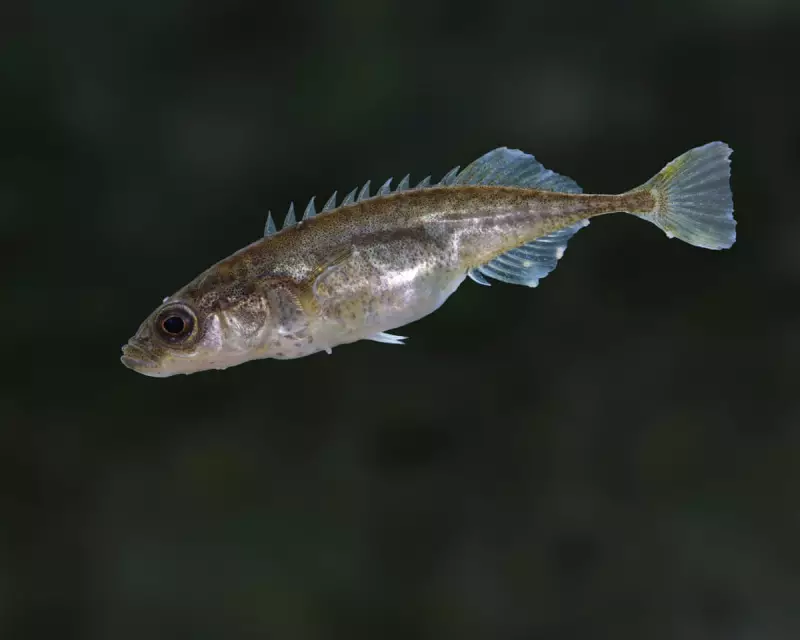
In the quiet waterways and ponds across Britain, an aquatic David is quietly thriving while Goliaths struggle. The nine-spined stickleback, no larger than a human thumb, is demonstrating remarkable resilience in the face of environmental challenges that have pushed many larger species to the brink.
The Underwater Survivor
Weighing less than a gram and measuring a mere 4-5 centimetres, this diminutive fish possesses survival strategies that belie its tiny stature. Unlike its more famous fifteen-spined cousin, the nine-spined stickleback thrives in diverse freshwater habitats, from garden ponds to slow-moving streams, often in water barely deep enough to cover its back.
Master of Adaptation
What makes this miniature marvel so extraordinary? Its ability to survive in extreme conditions that would prove fatal to most fish species. Researchers have documented populations flourishing in water with oxygen levels so low and temperatures so variable that they'd challenge most aquatic life.
The stickleback's breeding behaviour is equally fascinating. During spring, males undergo a dramatic transformation, developing striking black and white colouration to attract mates. They then construct intricate nests from plant material, meticulously glued together with a special kidney secretion.
Why This Tiny Fish Matters
"The nine-spined stickleback is an ecological indicator," explains Dr Andrew Ward, a freshwater biologist. "Its presence signals healthy freshwater ecosystems, yet its resilience also makes it a valuable survivor in our changing environment."
These fish play crucial roles in their ecosystems:
- Controlling insect populations by feeding on larvae
- Serving as prey for larger fish, birds, and other wildlife
- Contributing to nutrient cycling in aquatic systems
A Conservation Paradox
While many freshwater species face declining numbers, the nine-spined stickleback presents a conservation paradox. Its current stability offers hope, yet scientists warn against complacency. Habitat loss, pollution, and climate change remain significant threats to Britain's freshwater biodiversity.
The story of this tiny fish serves as both inspiration and warning – a reminder that even the smallest creatures play vital roles in maintaining the health of our natural world, and that their survival ultimately reflects our own environmental stewardship.





